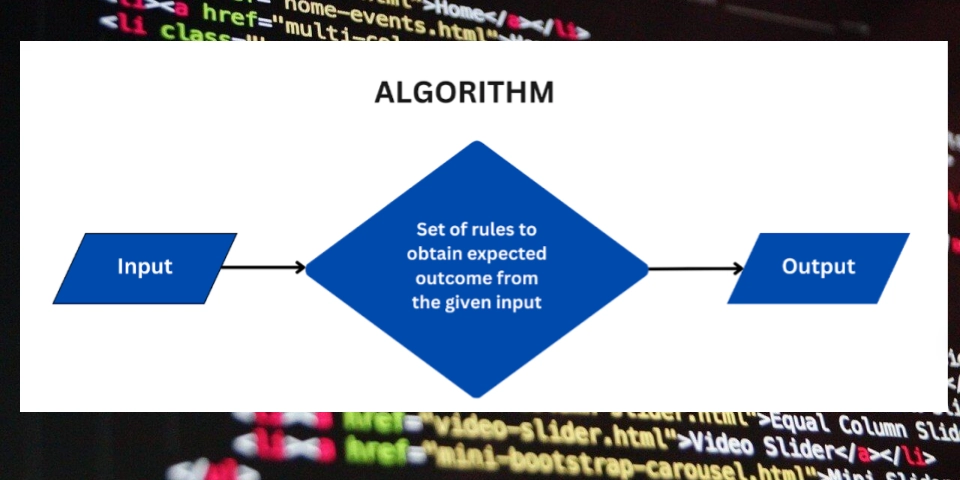
Is [X Service] Down? Reduce Support Tickets with an IT Status Page
Drowning in "Is [X service] down?" inquiries? Modern IT teams rely on countless external services, and when one falters, support teams face a deluge of repetitive tickets. Discover how an IT status page can revolutionize your incident response and give you back valuable time.
The Support Ticket Avalanche: Why Downtime Creates Chaos
When a critical service experiences downtime, it triggers a chain reaction.
- Ticket Floods: Every impacted user submits a support ticket, overwhelming your team.
- Delayed Response Times: Repetitive inquiries bury critical issues, slowing down resolution.
- Frustrated Users: Lack of clear, centralized information leaves users in the dark.
This reactive approach drains resources and amplifies the impact of outages. There's a better way to manage downtime alerts and reduce the burden.
Transform Chaos into Calm: The Power of a Unified Status Page
A unified status page acts as your central hub for real-time incident communication. Instead of scrambling during outages, you provide users with a self-service resource for checking service status.
Consider StatusGator, a leading status page aggregator. It automates the collection of status updates from thousands of sources, from crucial cloud services like AWS to everyday SaaS tools like Slack and Zoom.
Benefits of a Status Page Aggregator
Implementing a status page aggregator unlocks a host of benefits:
- Reduce Ticket Volume: Proactive self-service empowers users to find answers without contacting support.
- Centralized Monitoring: See all your vendor statuses in a single, unified dashboard.
- Instant Downtime Alerts: Be the first to know when issues arise, minimizing potential impact.
- Enhanced Transparency: Build trust and confidence by keeping users informed.
- Faster Incident Response: Get early warnings and react swiftly to minimize downtime.
StatusGator: More Than Just Basic Monitoring
StatusGator goes beyond simple status aggregation, offering a comprehensive platform for incident communication.
- Early Warning Signals: Detect subtle performance degradation before official announcements.
- Ping Monitoring: Validate actual service availability, even if providers haven't reported issues.
- Private and Public Pages: Share information internally and externally with customizable pages.
- Accuracy Ratings: Identify services with reliable status updates, avoiding stale information.
- Analytics and Insights: Understand user engagement and optimize your communication strategy.
- Simplified Outage Reporting: Easily report internal outages to keep everyone informed.
With these elements, you can create downtime notification templates and distribute alerts automatically.
Your Status Page Options: DIY vs. Automated
While StatusGator offers a robust solution, other options exist:
- DIY: In-house pages demand time for manual updates, increasing the risk of human error.
- Hosted: Platforms like Instatus or Atlassian Statuspage require manual updates or integrations.
- Open Source: Tools like Cachet offer flexibility with DevOps resources for management.
The Verdict: Why Automation Wins for IT Leaders
In today's complex cloud environments, automation is crucial. IT leaders choose StatusGator for comprehensive visibility, early alerts, and automated communication that deflects thousands of support tickets. It allows them to monitor multiple status pages effortlessly and provide transparency to users.
Are you ready to free your support team from repetitive inquiries? Make StatusGator a vital part of your incident response strategy. Automate your IT status page today.























